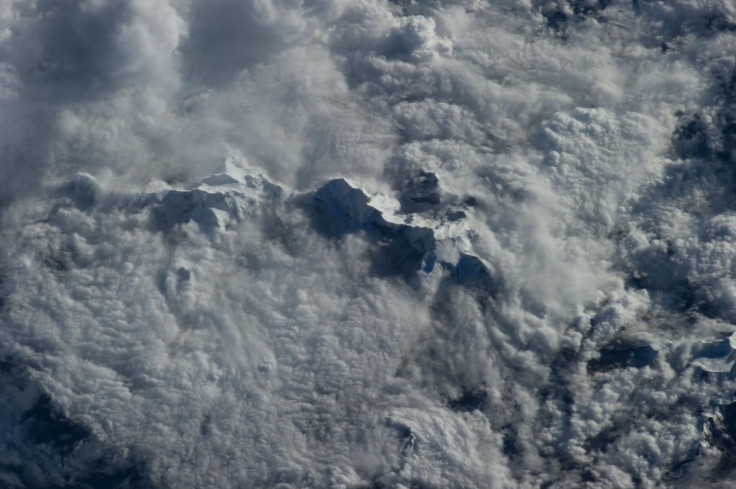Cold War Spy Satellite Photo Captures Melting Himalayan Ice

Previously classified photos taken by a Cold War-era spy satellite showed that the Himalayan glaciers are melting at an alarming rate. The scientists who were able to uncover the photos attributed the accelerated melting to the warming climate.
The researchers were able to conduct their study through the help of recently declassified information collected during the Cold War. They detailed their findings in a new study published in Science Advances.
During the Cold War, the U.S. deployed a satellite code-named as Hexagon into low-orbit. The main purpose of the satellite was to capture high-resolution images of various terrains. It was also used to uncover Russian military bases.
The photographs taken by the satellite were placed inside canisters and ejected back to Earth. After deploying their parachutes, the canisters were then picked up by spy planes mid-air. From 1975 to 2000, the satellite continued to provide photographs of various regions.
Recently, the images taken by Hexagon were declassified, which allowed researchers to openly study them. By combining the photos taken by the satellite, the researchers were able to create a 3D model of the Himalayas during the mid-1970s.
After comparing the model to recent images of the region, the researchers discovered that the Himalayan glaciers have been melting at an increasing rate. They concluded that increasing temperature was the primary culprit for the massive ice loss experienced by the region.
The researchers were able to come up with their conclusion after eliminating factors commonly related to ice loss, such as lack of rainfall and the presence of black soot that can cause snow to melt.
“The fact we can look at ice losses over this long of a time scale and see most of the glaciers have lost similar amounts of ice really indicates there is one overarching factor causing this,” the study’s author Josh Maurer of Columbia University’s Lamont-Doherty Earth Observatory said in a statement.
Maurer and his team warned that if ice loss continues to accelerate in the Himalayas, it could directly affect over 800 million people in South Asia who rely on the region as a major source of water.
“In 10 years, the conditions will change the hydrology of these huge rivers,” the study’s co-author Joerge Schaefer said.
According to the researchers, the only way to reverse the Himalayas’ ice loss is through a massive global effort focused on cooling the planet.
© Copyright IBTimes 2024. All rights reserved.





















